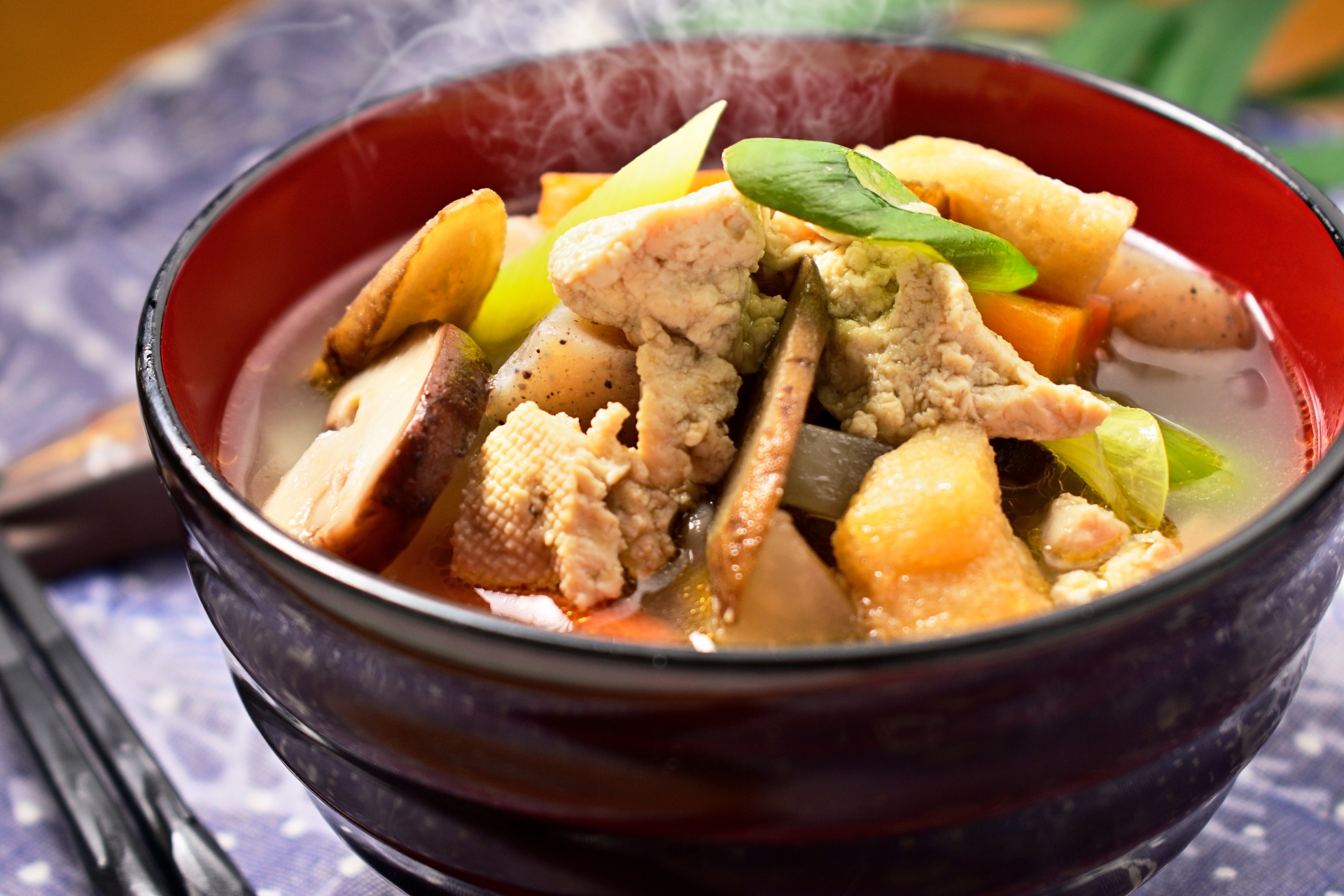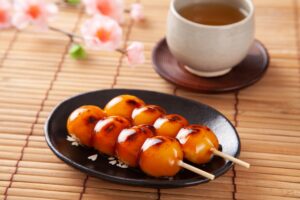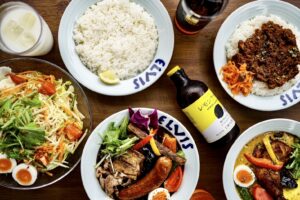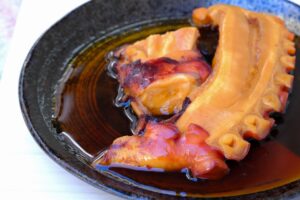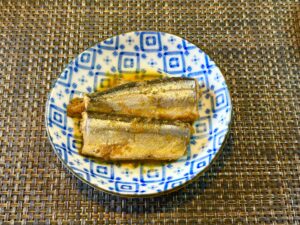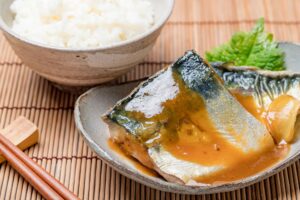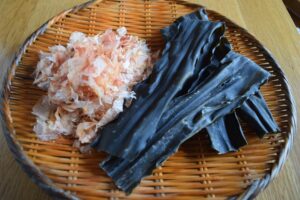Kenchin Soup, also known as kenchinjiru (けんちん汁), is a comforting, nutritious Japanese soup made from tofu, root vegetables, and a soy-sauce-based broth. It traces its origins to Buddhist temple cuisine and is popular for its rich umami flavor despite being completely plant-based. In this article, we’ll explore its history, cultural significance, regional differences, and offer step-by-step instructions to prepare it at home.
What is Kenchin Soup?
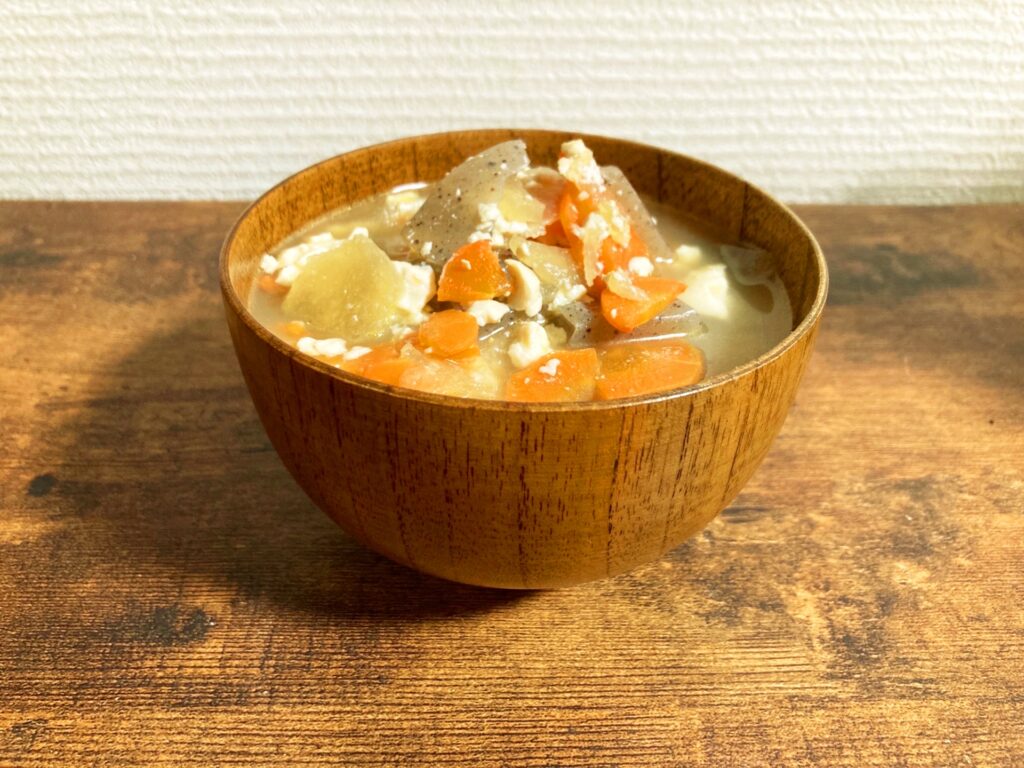
Kenchin Soup, known in Japanese as kenchinjiru (けんちん汁), is a hearty, warming vegan stew originating from Japan. This comforting soup is built around a simple yet satisfying base of plant-based ingredients like tofu, daikon radish, carrot, burdock root (gobo), and konnyaku (a jelly-like yam cake). Typically flavored with a light soy sauce broth, Kenchin Soup is a staple of Japanese Buddhist temple cuisine, or shōjinfyōri, which emphasizes mindfulness, balance, and plant-based nutrition.
Despite its humble ingredients, Kenchin Soup delivers deep umami flavor and a variety of textures, making it an ideal choice for those seeking nourishing comfort food, especially during colder months. As a meat-free and dairy-free dish, it aligns with vegan and vegetarian diets while staying true to its Zen Buddhist roots. Its versatility and health benefits have made it popular beyond temple walls and into Japanese households and modern plant-based kitchens.

The Historical and Cultural Background of Kenchin Soup
The origins of Kenchinjiru are deeply tied to Japanese Zen Buddhism. One widely accepted theory holds that the soup was first created at Kenchō-ji (建長寺), a prominent Zen temple in Kamakura, during the Kamakura period (1185–1333). It was initially prepared as a form of shōjinfyōri, the devotional cuisine of Buddhist monks that excludes meat, fish, and strong spices in keeping with principles of non-violence and spiritual clarity.
Over centuries, Kenchin Soup evolved from temple kitchens into everyday Japanese cooking, especially as a comforting winter meal. It is commonly served during seasonal observances such as Obon (a summer Buddhist festival to honor ancestors), and during temple feasts or vegetarian days. Households across Japan also enjoy it during the colder seasons as a filling, warming meal that brings people together around the dinner table.
Is Kenchin Soup Always Vegan?
Traditionally, yes. Kenchinjiru was developed as a vegan dish within the framework of Buddhist dietary laws. The original recipe uses no animal products and instead relies on kombu (kelp) and dried shiitake mushrooms to make a rich plant-based broth. However, in modern home cooking or restaurant settings, some versions of Kenchin Soup may incorporate katsuo dashi (bonito fish stock), making them unsuitable for strict vegans.
Traditional vs. Modern Kenchinjiru
| Feature | Traditional | Modern Adaptation |
| Broth Base | Kombu, Shiitake | Kombu or Fish-based Dashi |
| Proteins | Tofu | Tofu or None |
| Diet Type | Vegan | Vegan or Flexitarian |
| Cultural Origin | Buddhist Temple Cuisine | Household/Restaurant Variants |
For a vegan-friendly version, opt for kombu dashi or soak dried shiitake mushrooms in water to extract umami. Both options are excellent and true to the dish’s roots.
How to Make Kenchin Soup at Home
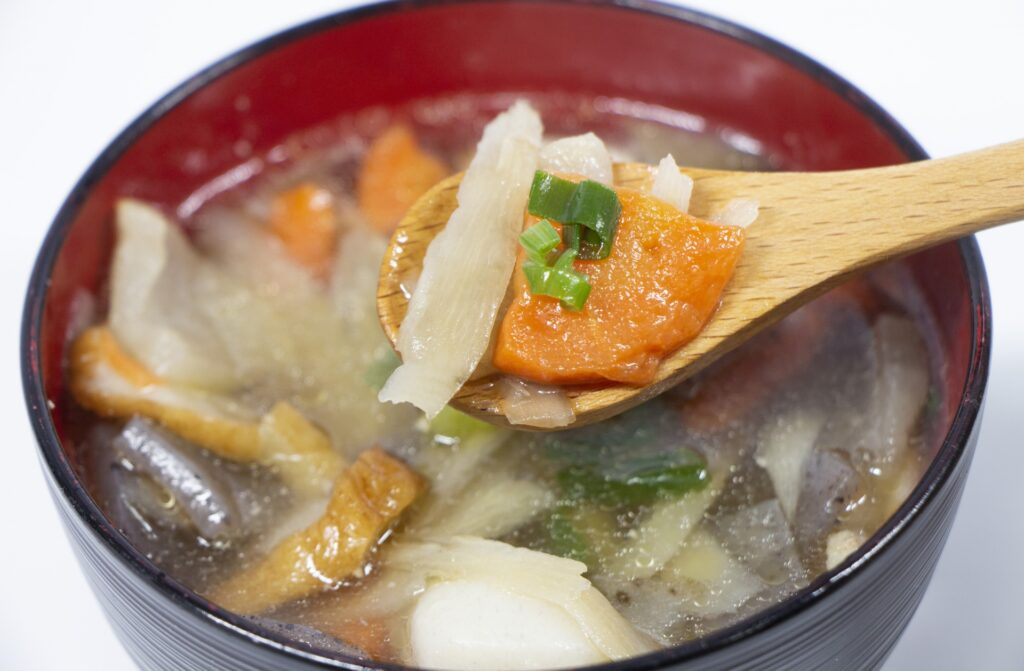
Creating Kenchin Soup at home is simple and deeply rewarding. Below is a basic recipe that can be adapted to suit different dietary needs or ingredient availability.
Ingredients Table
| Ingredient | Quantity | Notes |
| Firm Tofu | 1 block (pressed) | Crumbled or cubed |
| Daikon Radish | 1/2 medium | Sliced into matchsticks |
| Carrot | 1 medium | Julienned or thinly sliced |
| Burdock Root (Gobo) | 1 stick | Soaked to remove bitterness |
| Konnyaku | 1/2 block | Torn into bite-sized pieces |
| Shiitake Mushrooms (dried or fresh) | 4-5 | Sliced |
| Kombu | 1 piece (5cm) | For dashi base |
| Soy Sauce | 2 tbsp | Light soy preferred |
| Mirin | 1 tbsp | Optional for sweetness |
| Sesame Oil | 1 tsp | For sautéing |
Preparation Steps
- Make Vegan Dashi: Soak kombu and dried shiitake in 4 cups of water for at least 30 minutes. Simmer gently to create broth, then remove solids.
- Prepare Ingredients: Slice all vegetables and tear konnyaku into small pieces. Press and crumble the tofu.
- Sauté Tofu and Vegetables: In a large pot, heat sesame oil and lightly sauté the tofu until golden. Add vegetables and konnyaku, and cook for a few minutes.
- Simmer: Add the dashi broth, soy sauce, and mirin. Simmer for 20 minutes or until vegetables are tender.
- Serve Hot: Optionally garnish with chopped scallions or a dash of yuzu pepper.
Substitutions
- Sweet Potato or Taro: Can be used instead of burdock root.
- Miso: Replace soy sauce with white miso for a regional variation.
- Rice Noodles: Add for extra heartiness.
Ingredients Breakdown and Nutritional Benefits
Kenchin Soup is as nutritious as it is flavorful. Each ingredient contributes unique health benefits:
- Tofu: Excellent plant-based protein and a source of iron and calcium.
- Daikon & Carrot: High in fiber, vitamin C, and beta carotene.
- Burdock Root (Gobo): Known for its detoxifying properties and rich in antioxidants.
- Konnyaku: Very low in calories and high in glucomannan, a dietary fiber that aids digestion.
- Kombu & Shiitake Dashi: Boost umami while providing minerals like iodine and vitamin D.
The soup is gluten-free (if gluten-free soy sauce is used), low in calories, and compatible with macrobiotic and anti-inflammatory diets.
Regional Variations of Kenchin Soup
Like many traditional Japanese dishes, Kenchin Soup has evolved across regions:
Flavor Base Comparison
| Region | Broth Base | Distinctive Features |
| Kanto (Eastern Japan) | Soy Sauce | Clear broth, lighter taste |
| Tohoku (Northeastern Japan) | Salt & Soy Blend | Rustic style, tofu crumbled into fine bits |
In Kanagawa Prefecture, particularly around Kamakura where Kenchō-ji is located, Kenchinjiru holds cultural significance and is often prepared during temple-related events. In the Tohoku region, particularly in Iwate, tofu is often crumbled more finely, resembling ground meat for added texture. Meanwhile, in Kansai, kenchinjiru is not as familiar or commonly prepared, and miso-based vegetable soups may take its place. Each region adapts ingredients based on local produce and climate, showing the dish’s flexibility and deep ties to local identity.
Kenchin Soup vs. Other Japanese Soups
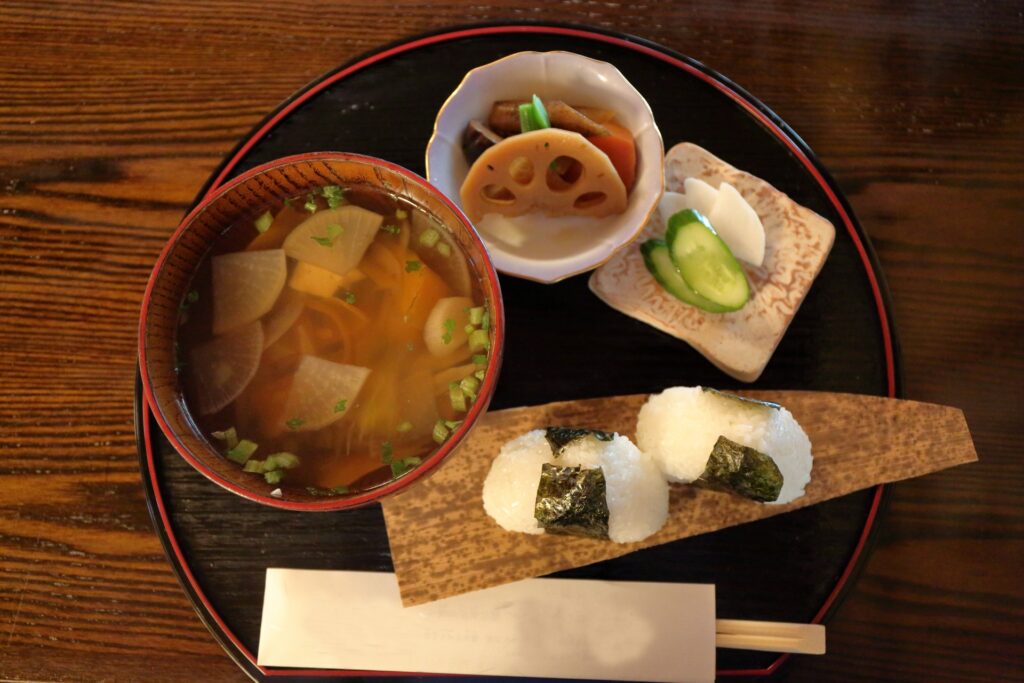
Understanding Kenchinjiru’s uniqueness becomes easier when compared to other Japanese soups:
Comparison Table
| Soup | Base | Protein | Diet | Flavor |
| Kenchinjiru | Soy or Vegan Dashi | Tofu | Vegan | Light, earthy umami |
| Miso Soup | Miso + Dashi | Tofu or Wakame | Mostly Vegetarian | Salty, rich |
| Tonjiru | Miso + Pork Broth | Pork slices | Omnivore | Fatty, hearty |
| Suimono | Clear Dashi | Fish or Egg | Pescatarian | Delicate, clear |

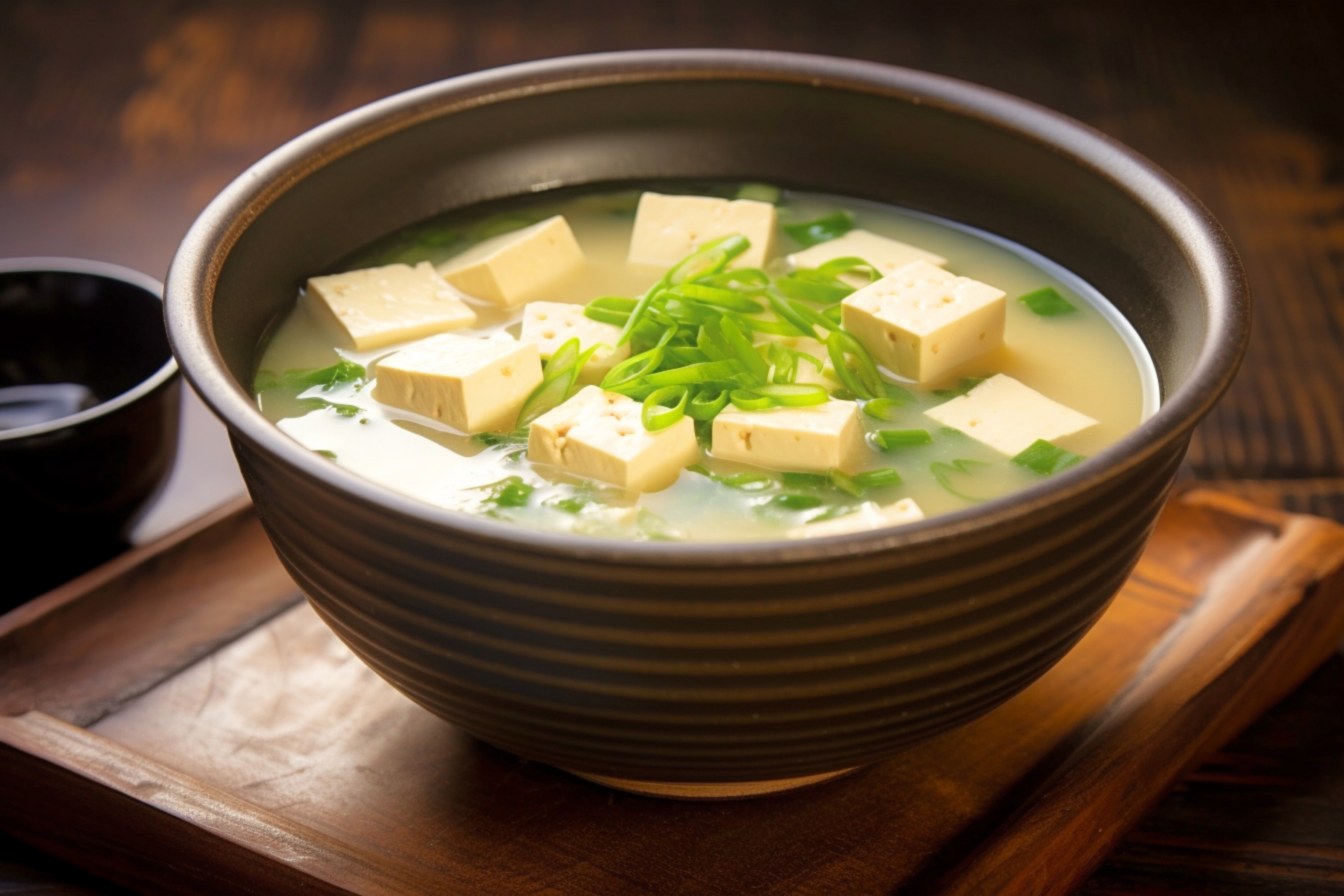
Kenchin Soup vs. Tonjiru
- Kenchin Soup: Vegan, tofu-based, clear or light soy broth.
- Tonjiru: Contains pork, miso base, richer and heavier.
- Origin: Kenchinjiru from temple cuisine, Tonjiru from countryside comfort cooking.
Kenchinjiru is ideal for clean eating and spiritual alignment, while Tonjiru caters to indulgent, protein-rich needs.
Why You Should Try Kenchin Soup
Kenchin Soup offers more than just nourishment. It’s a living piece of Japan’s culinary and spiritual heritage, serving as a bridge between mindful eating and flavorful satisfaction. Its vegan nature fits seamlessly into modern dietary preferences, and its high fiber, low fat profile supports digestive health and balanced energy.
During cold months, its warming properties and soothing broth make it a natural comfort food. For those exploring Japanese cuisine, Kenchin Soup provides an accessible, gluten-free introduction to temple-style eating and the art of creating depth of flavor from plant-based ingredients.
Conclusion: Kenchin Soup, A Bowl of History and Health
Kenchin Soup (kenchinjiru) stands as a beautiful example of how tradition and health can harmoniously coexist. Rooted in Zen Buddhist philosophy, it has transformed from a temple staple to a home-cooked favorite across Japan. Adaptable across regions, customizable for various dietary needs, and rich in umami, Kenchin Soup remains a go-to dish for anyone seeking nourishing simplicity.
Whether you’re drawn by its historical roots, its vegan credentials, or its soul-warming appeal, Kenchin Soup is a dish worth trying—and a tradition worth savoring.

